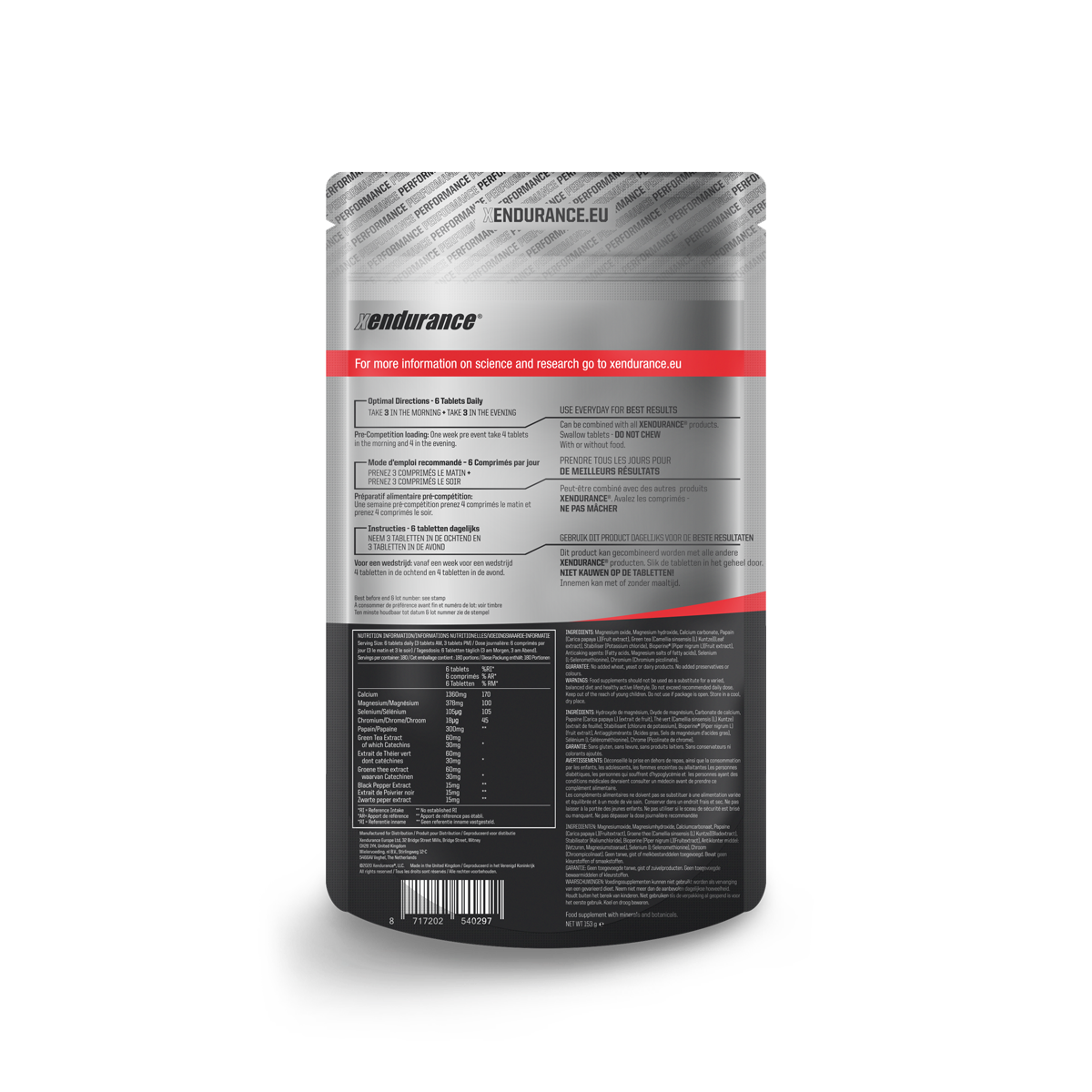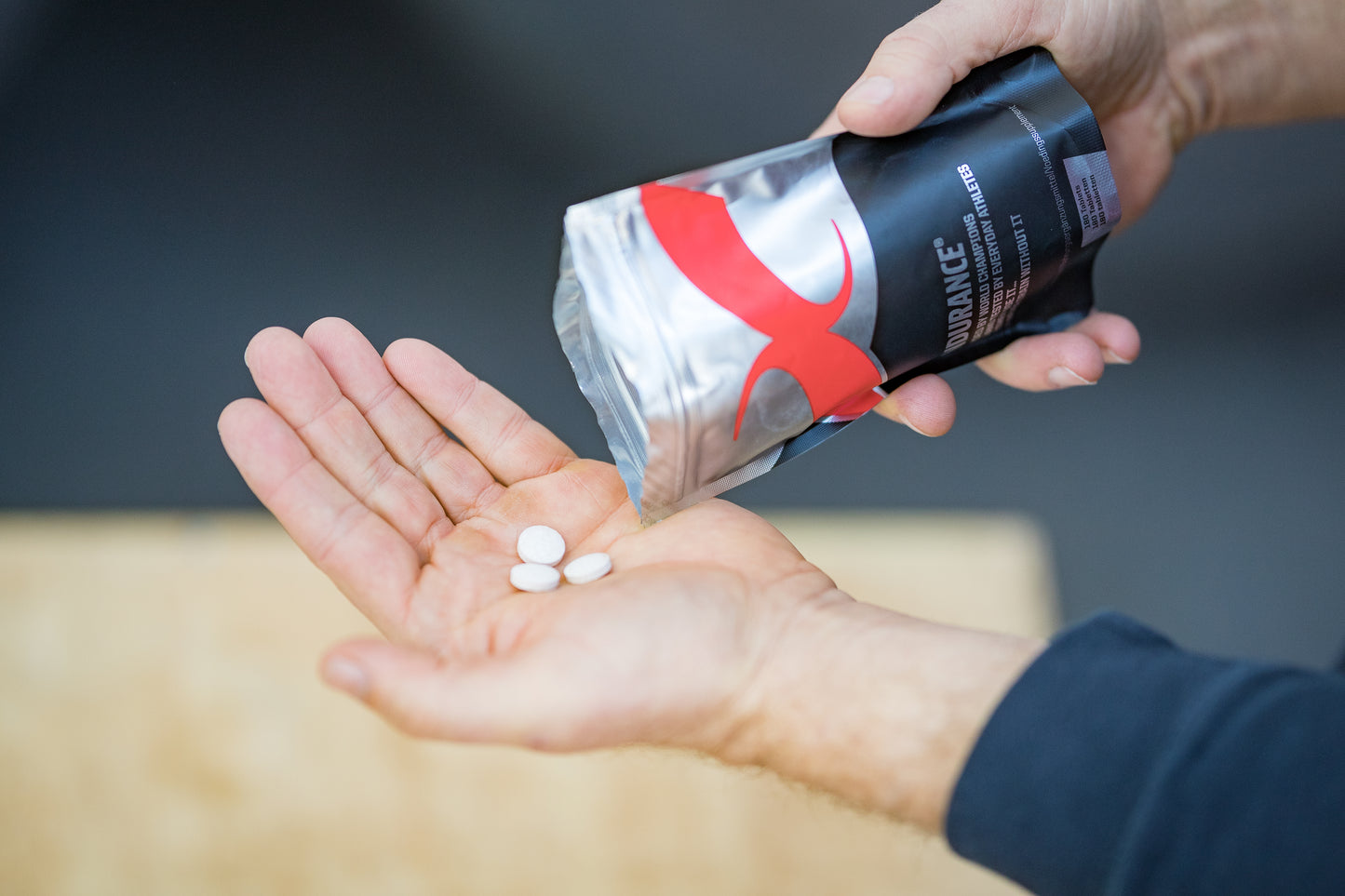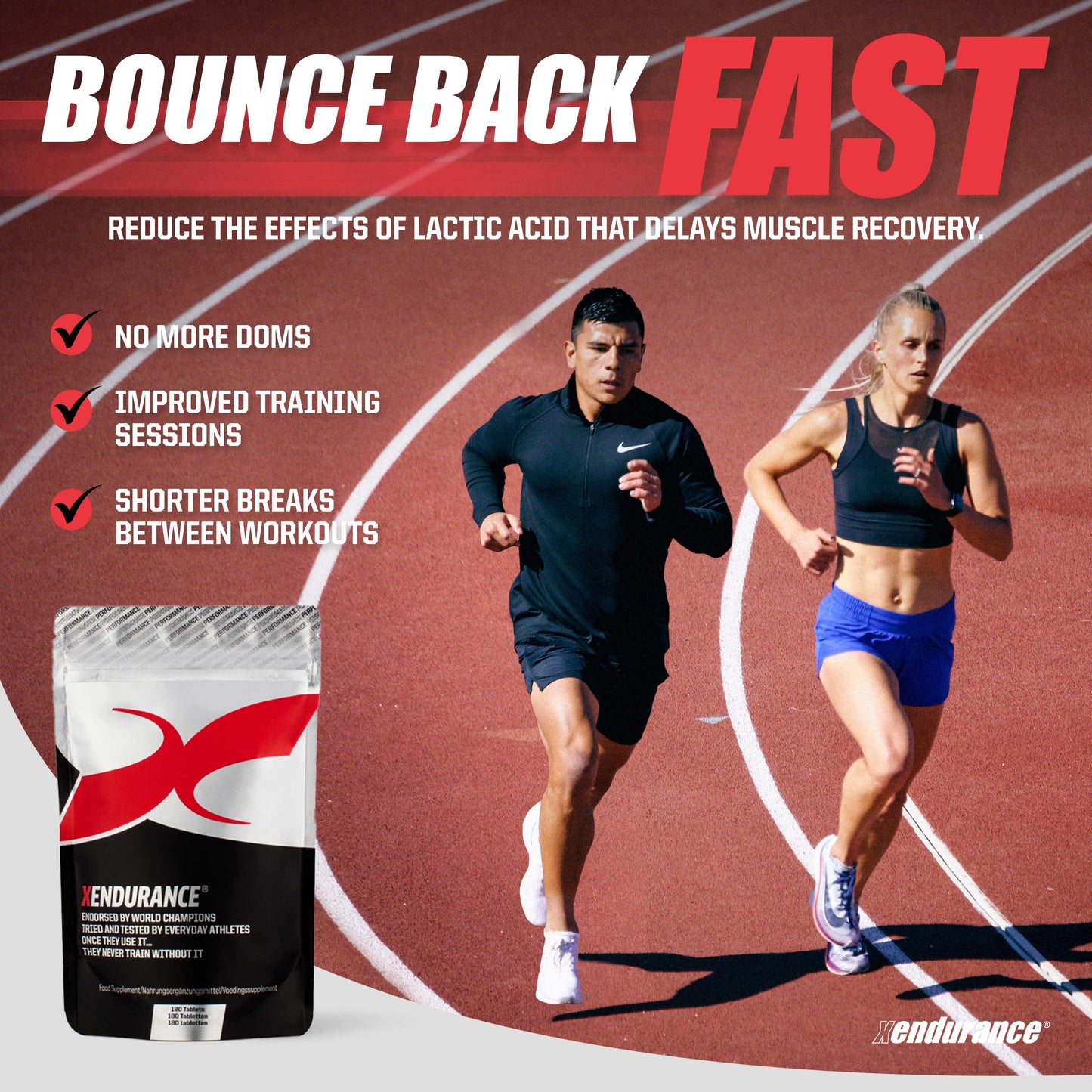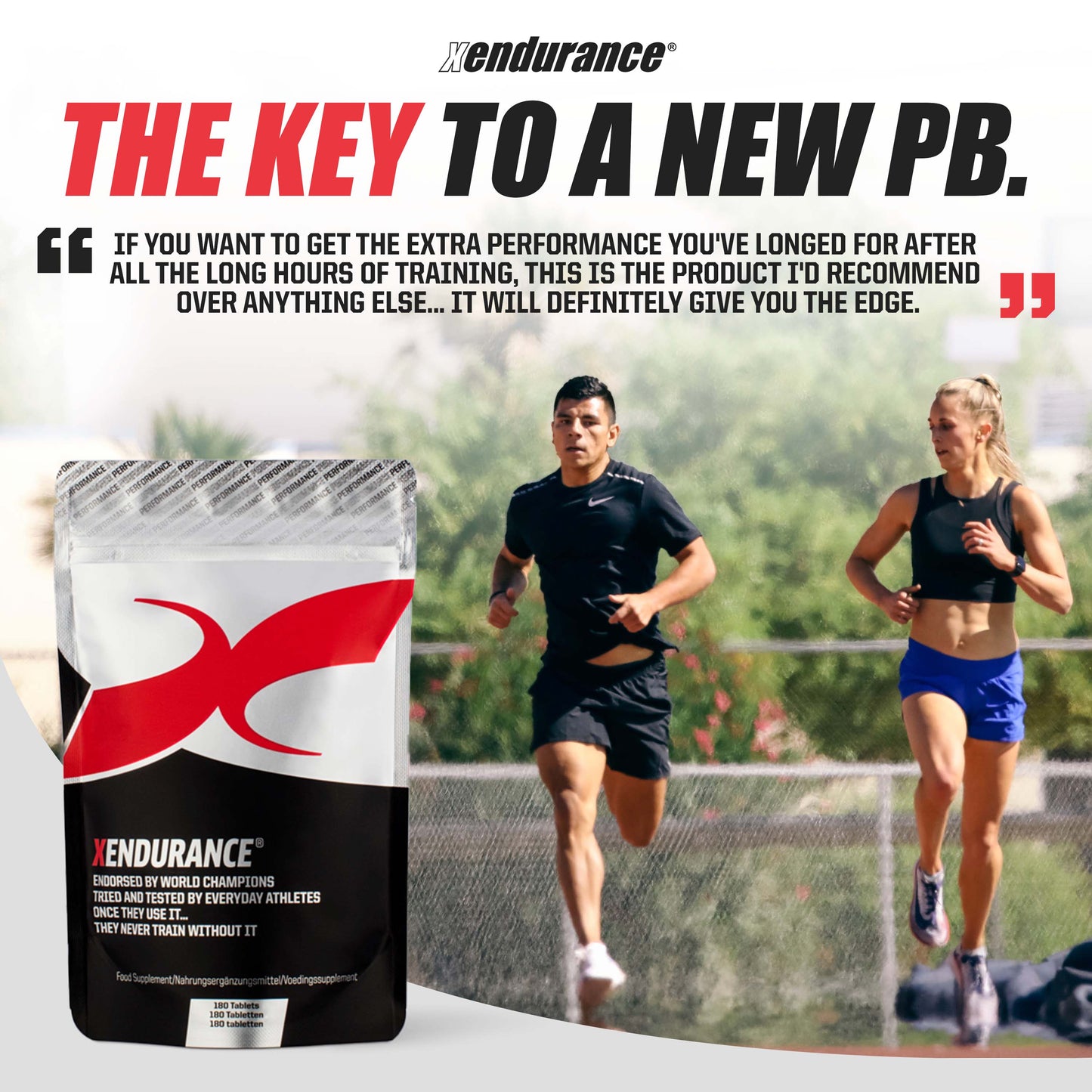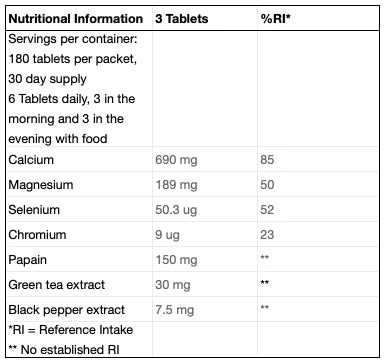TRACKSTAA EXPLAINS: WHAT ARE THE DIFFERENT TYPES OF TRAINING PACES?
As every runner new to the sport knows, running is full of its exclusive jargon. Sometimes it can feel as though the sport is actively trying to exclude new people by making it overly complicated – why can’t we just go out and run?
Well, you can, and if you enjoy it and it improves your mental and physical health then truly, that’s all that matters. For some of you however, who are serious about getting fitter and faster it’s vital that you understand the impact of training at specific paces and the training adaptions that occur as a result.
Here, Trackstaa tries to break it down into the key things you need to know.
Why is this important?
Understanding the different paces you should be training at, to achieve specific training objectives, can help you optimise your training and reach your running goals quicker. Despite what common sense might suggest, running as hard as you can, or as fast as you can, or as far as you can, in your training sessions will not result in those elusive PBs.
More likely is burnout, or injury, or both.
By adopting some of these varying paces in your training regimes, you gain all the necessary improvements in your running without running the risk of injury and, at the same time, making sure you turn up to the start line in the best possible condition to crush the competition and smash your previous best times.
Different paces for different people:
Before diving into the detail, it’s worth pointing out that everyone is different and they will naturally respond differently to different training regimes and if you are unsure, you should speak to a running coach who can help devise a personal plan for you.
That said, we at Trackstaa have found the tips and information in this article to be wonderfully effective in improving you as a runner. Last point to note, all of these paces will be relative to your own ability and experience. One person’s easy pace is likely to be someone else’s race pace so test, adjust and adapt to find what works for you.
Easy miles:
The old saying, ‘train slow, to run fast’, is absolutely spot on. I’ve called this pace, ‘easy miles’ because that’s exactly how this should feel, easy. Your ‘easy miles’ should make-up the bulk of your weekly training and they are vital for musco-skeletal health, capillary development and building a solid aerobic foundation upon which your races and tougher sessions will thrive. Technically, it should probably be called aerobic threshold and is the fastest pace at which you can efficiently burn fat as an energy resource.
There is no specific pace to this and as alluded too, it should feel easy, you should be able to hold a conversation and not feel as though your breathing is getting out of control. For me, and to assist in working out your possible ‘easy miles’ pace, I generally run my easy miles at around 1:45 to 2:00 minutes per mile slower than my 5k race pace.
Tempo pace:
There is a lot of controversy out there about what tempo pace is but here at Trackstaa we have the definitive answer. Tempo pace is the pace your body should be able to sustain for around 60 minutes and is often ran in efforts of between 20 and 40 minutes or in shorter ‘efforts’ of around 10 minutes with a small rest in between to reduce the overall impact on the body. It is not to be confused with speed work and is absolutely not as fast you can run. For me, tempo pace is around 1 minute per mile slower than my 5k race pace.
Tempo pace, when run correctly, has significant physiological and performance benefits for the runner. At this pace, you are running at or slightly below your anaerobic threshold. In other words, the pace at which lactic acid begins increases in your blood stream. By doing this, you are improving your body’s ability to run at faster speeds and for longer distances before fatigue kicks in due to the lactic acid level in the blood becoming too high.
Don’t be tempted to run too fast, tempo pace won’t feel ‘fast’ but if you do run too quick you are not obtaining the full training benefit and as a result, you’re likely to perform worse in that all important race.
Threshold pace:
This next training pace is quicker than tempo pace and a runner should, in most cases, be able to hold this pace for around 40 minutes. For me, it is about 35-40 seconds per mile slower than my 5k race pace. There are subtle differences in tempo and threshold pace but understanding how to employ them correctly can have significant benefits in your training.
‘Threshold’ refers to the ‘lactate threshold’ and training at this pace has crucial benefits in improving the bodies efficiency at converting accumulated lactic acid, that builds up in muscles as a by-product of muscles utilising glycogen, into energy. It is the pace at which lactic acid builds quicker than the body can remove it and by building your lactate threshold your body can stave off fatigue for longer, allowing you to perform better on race day.
Threshold efforts can be run in multiple reps of smaller chunks of around 5-10 minutes, with small rest in between or a single longer effort of around 20 minutes for the more experienced runner.
Critical Velocity:
‘CV’ pace is the brainchild of the illustrious coach of the Tinman Elite running team, Tom Schwartz. It is a crucial pace that allows the body to work sufficiently hard to get fitter, faster and comfortable at the quicker paces whilst preserving the body’s ability to recover.
CV pace is considered to be the pace that a runner can sustain for around 30 minutes and slots in between your speed work and your threshold training. Now, CV pace can get quite scientific and by following and researching Coach Schwartz you can learn more for yourself, but, essentially, it is the training pace which primarily improves the aerobic capacity of Type IIa muscle fibres (I know, you’ll just have to take our word for it). CV training improves the efficiency these fibres consume oxygen, thereby making runners run faster for longer before fatigue sets in. Crucially, it is also proven to facilitate better recovery than running at paces around 5k race pace. Incorporating this pace into fartlek sessions and medium length of around 5 minutes is a great way to feel the benefits.
To work out CV pace, it is roughly 16-20 seconds per mile slower than your 5k race pace and a little quicker than your 10k race pace.
VO2 Max Pace:
This pace equates to running at or near your maximum oxygen capacity. By training at this pace, you are increasing the amount of oxygen your body can efficiently use for exercise. You are literally making yourself faster. And that’s not all, it improves muscle strength and power significantly, which will result in a more efficient running economy. In other words, how much energy it takes to run at a certain speed.
VO2 max roughly equates to the pace that you could just about sustain for around 6 to 8 minutes and is best utilised as part of an interval training session such as:
6 x 800m with 4 – 6 minute jog recovery in between.
Tinman Pace Calculator
To incorporate these paces into your own training programme and to assist you in working out what your pace is, check out the ‘The Running Calculator’ here:



